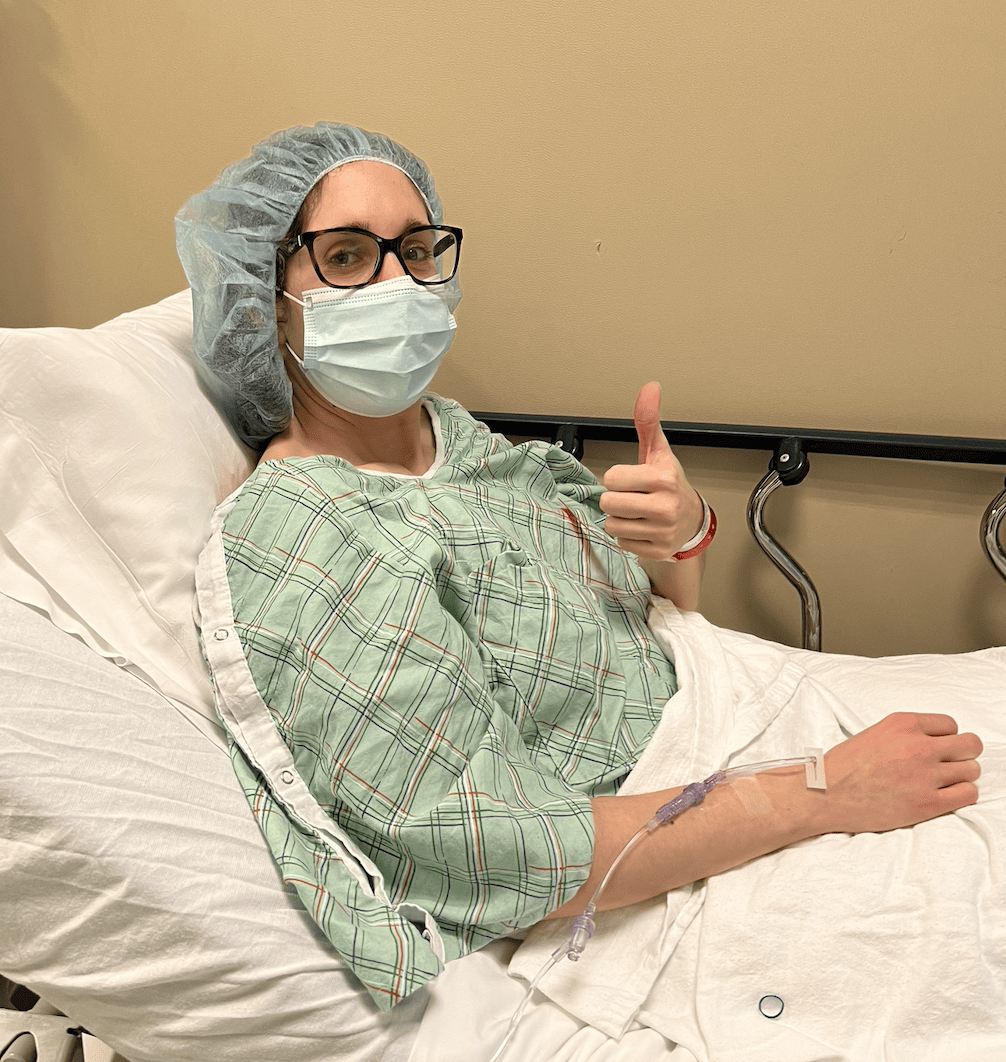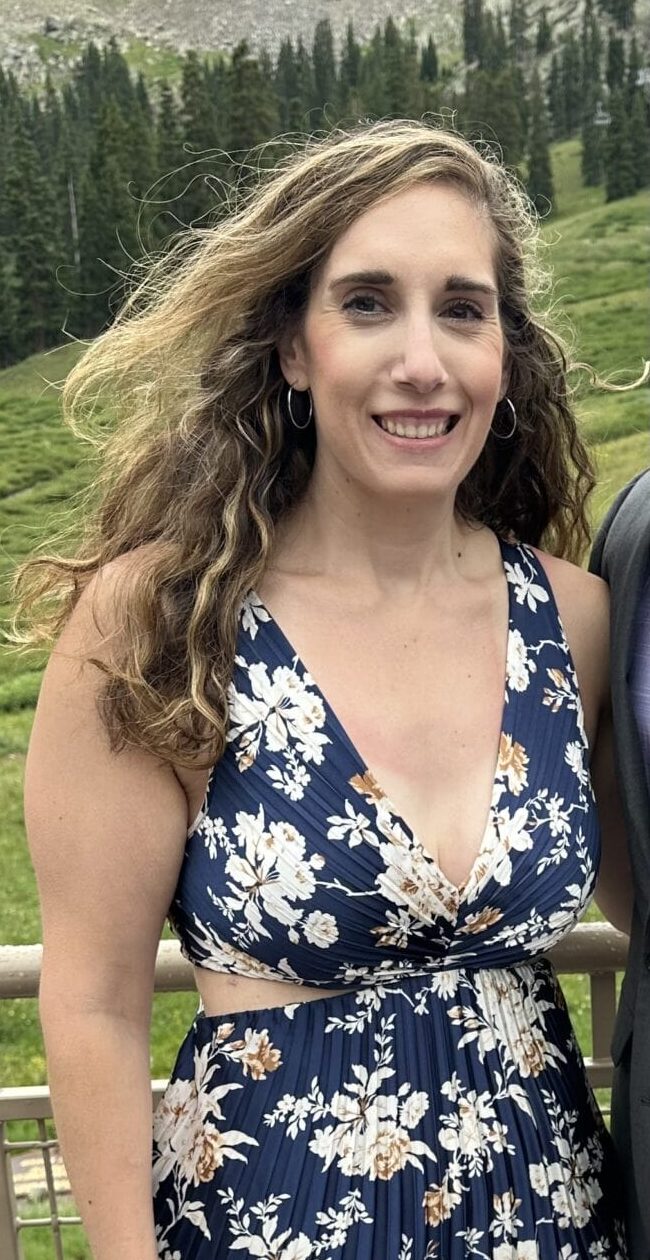

The navigation of advocating for what you want for yourself and your body as a woman can be a difficult, yet incredibly powerful time.
I started my previvor journey at the age of 27 when my mother had been diagnosed with metastatic breast cancer earlier that year- a bit of a surprise after a simple lumpectomy and radiation had left her cancer free for a few years. I was concerned about my risk, especially after my aunt, great aunt and several great aunts beyond them had had breast cancer on my mothers side, and my grandmother, great grandmother and likely some others had had breast cancer on my fathers side. My father had also had a hormonal based cancer years ago, and other cancers riddled other family members throughout the years. My Ashkenazi Jewish ancestry also left me questioning where I sat on the continuum of likely to get breast cancer or not.
While I had been labeled “higher risk” by my gynecologist at the time based on the questionnaires given, there was no discussion about prevention, assessing true risk, doing genetics or anything of the sort–or at least until I turned 35. Intense researching turned me on to the option of a prophylactic mastectomy, genetic testing and getting screened earlier rather than later. As soon as I learned that I should be getting evaluated more often, starting earlier, I switched doctors in hopes of finding someone that might care more about my potential risk and set up an appointment with a breast cancer specialist.
First assessment results with the specialist put me at a 47% risk, without any genetics, MRIs or mammograms being performed. The doctor explained that a prophylactic mastectomy wasn’t something they usually did in people my age, that they’d likely want to take out my ovaries as well, and put me on Tamoxifen and wouldn’t want to do anything like that until at least my mid-30’s. While that left me a little jolted, she did set me up with a genetic counselor and an MRI to get baseline testing. Luckily she did, as these would become important later on. My new gynecologist was immediately concerned about my breast cancer risk. I was so thankful to have so easily found someone that noticed. She set me up with a mammogram, took me off estrogen based birth control and set me up with another breast cancer specialist that worked in her network.
That mammogram and subsequent ultrasound would cost me over $1,500 because I was under the age of 35. Despite doctor referral, high risk history, and now genetics and MRI that showed dense breast tissue, insurance refused to cover the service that is free for older women. The doctor she set me up with wasn’t as concerned as I was and told me again, to wait until I was about 35. I was disgruntled–why should I, as a high risk young woman, have to pay so much money for a potentially life saving procedure? For something that takes 10 minutes and could literally be the difference of noticing something or not. Why should I wait, when I can start monitoring it now–about 10 years earlier than the youngest cancer diagnosis in my family?
For a few years, I put it on the backburner. I started a business, I got married, we went through COVID and I watched my mom get worse and worse as the cancer wrecked her liver. Then one day, at 31, I just decided it was the day to pursue a prophylactic mastectomy again. I set up an appointment with a highly rated doctor in the area, I did tons of research, joined Facebook groups, and knew that my decision had been made. I fully expected to be told no–to have to go to multiple doctors, to fight with insurance, to argue for my right to reduce my cancer risk.
I cried on the way out of the doctor’s office the day of my appointment.
She said yes. She 100% understood my fear, my risk and my decision. She told me insurance would not be a problem, reconstruction would not be a problem and to set up an appointment for surgery when I wanted to do it. She went over every aspect of the surgery, she set the expectations, she answered every question I had. She set up a subsequent appointment with a plastic surgeon to go over reconstruction options. But most of all, she heard me, listened and was so truly compassionate and understanding.
The next few months were filled with a lot–we sold our house and moved, our personal training business was booming, my mom had many hospital stays as the cancer progressed. I had doubts about going through the surgery when my mother ended up in a rehab facility after a long hospital stint–was this the right time? Should I postpone it?
Something told me not to–I had to do this. I had my prophylactic, nipple sparing mastectomy on November 22, 2022 (and finished my implant reconstruction February 8, 2023).

My mom passed away three weeks to the day after my mastectomy. I spent every day of my initial recovery by her side–asking family members to drive me when I couldn’t, having them help me put on masks and gloves when I couldn’t move my arms, having people comment on how they couldn’t believe I was only 6, 10, 12 days out of major surgery. Had I not just had surgery, there is no way my work schedule would have allowed me the chance to do that. The world works in mysterious ways sometimes and told me not to change that time frame.
I have not had one single regret or question about going through the process of becoming a previvor. I am very fortunate to have had no complications but even still, knowing that my risk has gone from 47% to about 2% takes the wall of pressure and anxiety off my chest. Knowing that I will never have to go through what my mom went through makes me breathe a sigh of relief every time I think about my choice. While I don’t think this decision is for everyone, I know 100% that it was the right decision for me. I will continue to share my story, forever, to help other women advocate for themselves, understand their risk and ultimately, do what’s right for them and their body.
– Alexis Payne
